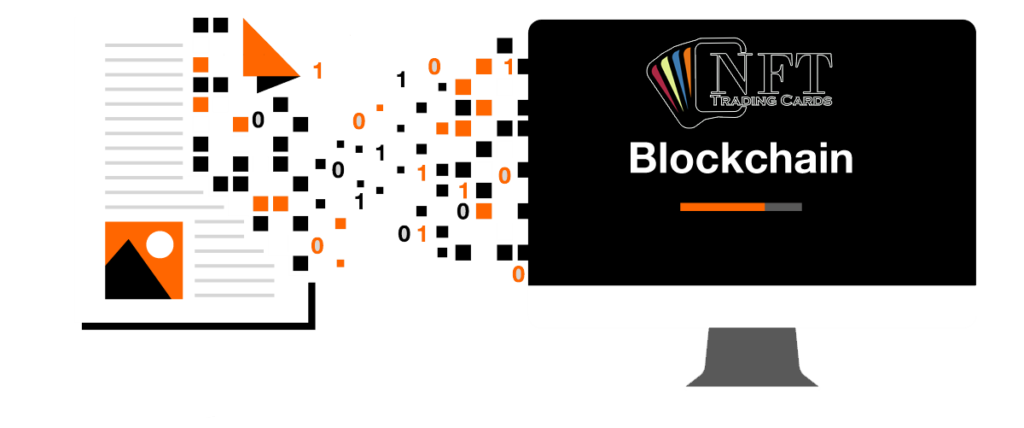Preserving historical events, memories, digital art, and NFT collectibles
Archiving video moments or photos on a blockchain involves storing or referencing digital media on a decentralized and immutable ledger, ensuring that these assets are securely preserved, tamper-proof, and accessible over time. This concept can be used in various applications, such as preserving historical events, personal memories, digital art, and collectibles.

How It Works:
- Decentralized Storage:
- Direct Storage on Blockchain: In some cases, video moments or photos can be directly stored on the blockchain, though this is less common due to the large file sizes of multimedia content. Blockchains typically store small amounts of data efficiently, so direct storage is more feasible for very small files or thumbnails.
- Off-Chain Storage with On-Chain References: A more common approach is to store the media off-chain using decentralized storage solutions like IPFS (InterPlanetary File System) or Arweave. These platforms allow large files to be stored across a distributed network of nodes. The blockchain then stores a reference to the media, such as a hash or link, ensuring the data can be retrieved and verified later.
- Immutable Records:
- Tamper-Proof Archives: Once a video or photo is archived on the blockchain, it becomes immutable, meaning that it cannot be altered or deleted. This ensures that the media is preserved in its original state, which is particularly important for historical records, legal evidence, or any content where authenticity is critical.
- Proof of Ownership: Archiving media on a blockchain can also serve as proof of ownership or authorship. The blockchain can record metadata such as the creator’s information, the date of creation, and any subsequent transactions or ownership transfers. This provides a verifiable history of the media, which can be crucial for copyright protection or in case of disputes.
- Accessibility and Verification:
- Permanent Accessibility: By archiving media on a blockchain, the content becomes permanently accessible as long as the blockchain or the associated decentralized storage network exists. This contrasts with traditional storage methods, where files can be lost, corrupted, or deleted over time.
- Authenticity Verification: Blockchain technology allows for easy verification of the authenticity of the archived media. Anyone can check the blockchain to confirm that the media has not been tampered with since it was recorded. This is particularly valuable in contexts like journalism, where ensuring the integrity of video or photo evidence is paramount.
- Use Cases:
- Digital Art and Collectibles: Artists and creators can archive their work on the blockchain to protect their intellectual property, prove authenticity, and offer limited-edition digital items that can be traded as NFTs.
- Historical Documentation: Important video moments and photos that capture significant events can be archived on the blockchain to ensure they are preserved for future generations without risk of alteration.
- Personal Memories: Individuals can use blockchain to store personal photos and videos, knowing that these memories will be securely preserved and accessible over time, even across generations.
Benefits:
- Security: The decentralized nature of blockchain provides strong security against unauthorized access, hacking, or data loss.
- Transparency: All actions related to the archived media are recorded on the blockchain, providing full transparency over its history.
- Longevity: Blockchain-based archives are designed to last as long as the underlying blockchain or decentralized storage network is maintained, providing long-term preservation of valuable digital media.
Challenges:
- Scalability: Storing large volumes of media on a blockchain can be challenging due to the limitations in data storage capacity. This is often mitigated by using off-chain storage solutions.
- Cost: Depending on the blockchain network, storing data or interacting with the blockchain can incur costs, which may be significant for large-scale archiving projects.
Archiving video moments or photos on a blockchain provides a secure, transparent, and enduring way to preserve digital media, making it an increasingly popular option for both personal and professional applications.

Leave a Reply